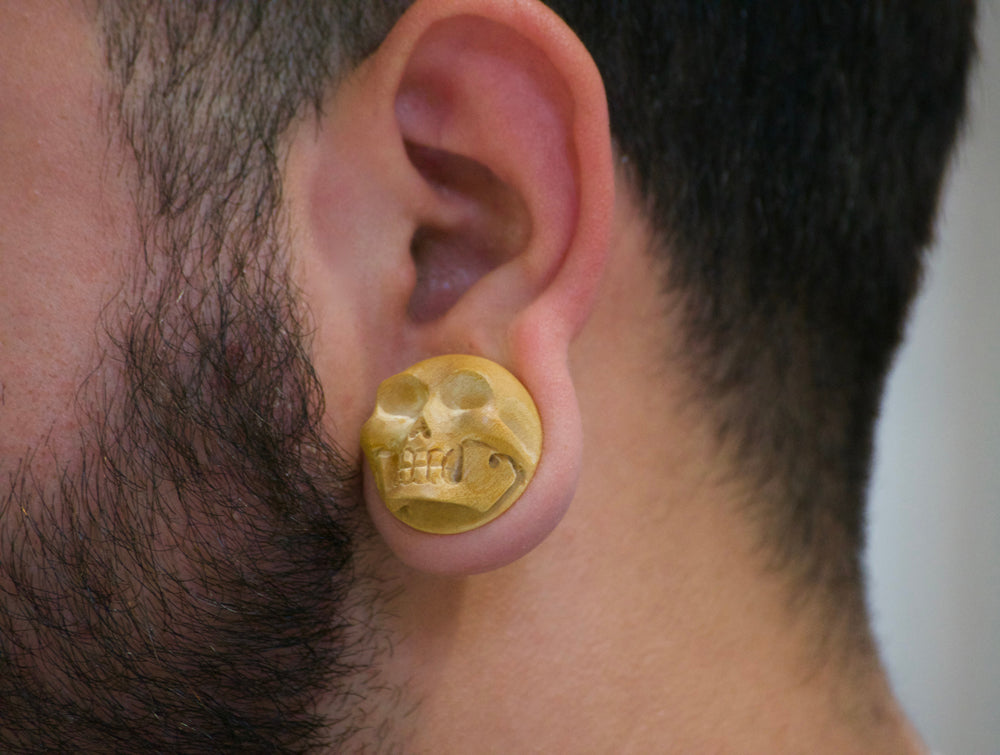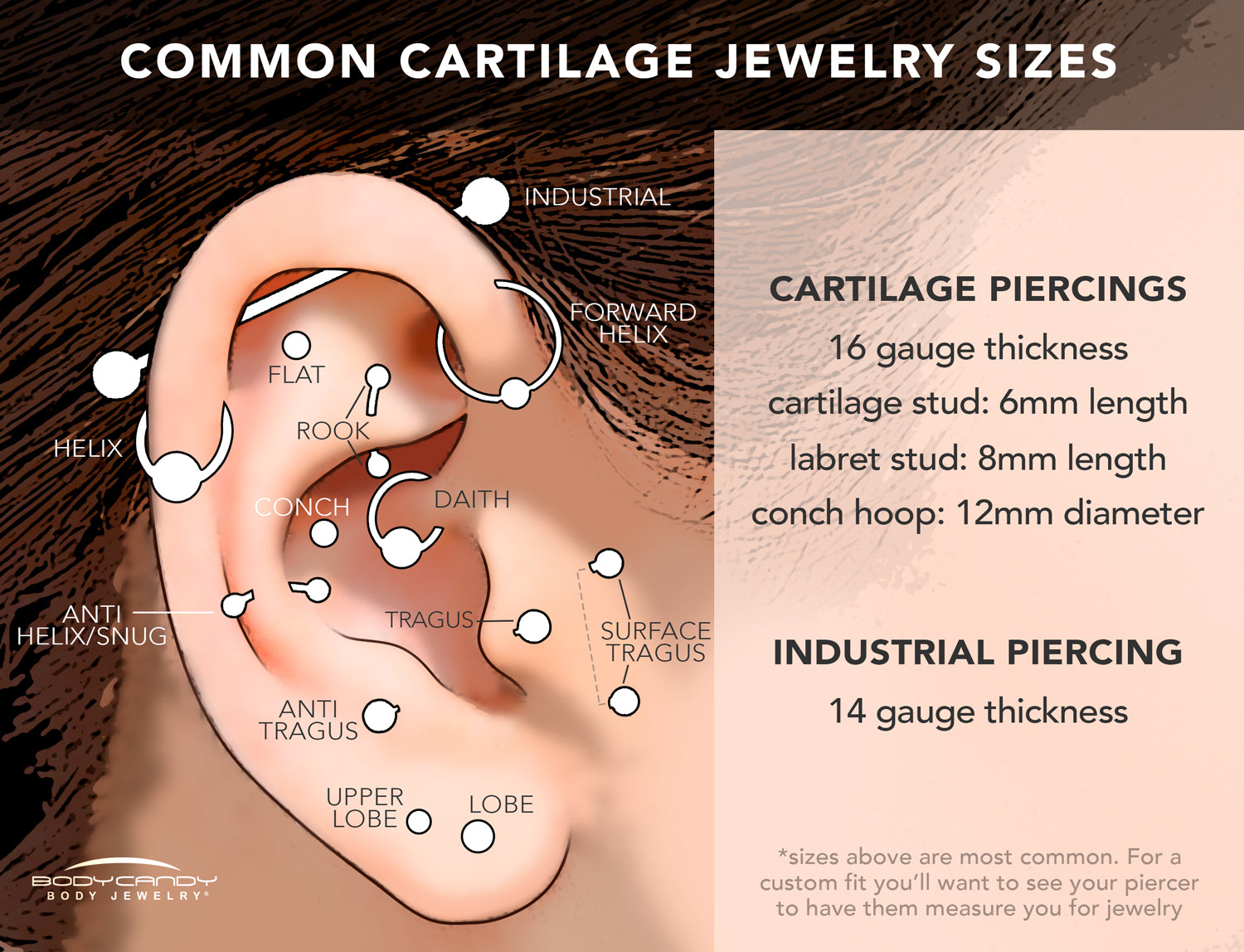There’s a right way and a wrong way to do just about everything. That even applies to piercings and other modifications. So, in case you were thinking about stretching your earlobes (or even other piercings, some of this is universal) here are all the ways that you can turn a fun and exciting modification into a disaster. Don’t do these things.
Silicone
Please, for the love of all that is holy (or holey…. get it?) don’t use silicone plugs or tunnels to stretch your lobes. First of all, silicone can harbor bacteria and since a fresh stretch is the equivalent of a new piercing, the last thing you want to do is put bacteria right into a wound. That’s a great way to get an infection. Also, silicone bonds really well with skin, which is why it’s so super comfortable. Unfortunately, this doesn’t allow the skin to breathe, which can lead to the skin breaking down and giving you a crusty, weepy, red, and really uncomfortable situation. (This is also why you shouldn’t wear silicone 24/7!) Silicone is for healed piercings only.
Taping
Taping is the process of using PTFE or bondage tape to wrap around plugs and slowly thicken them, so that they slowly expand the fistula. This sounds great except for a few details. There will inevitably be a seam where the tape ends. This can irritate the inside of the fistula, causing your ear to get aggravated. Also, that seam can also harbor bacteria, leading to infection. Furthermore, tape can be porous, so the tape itself can actually harbor bacteria. Another issue is that taping is not as precise as using gauged jewelry. You may inadvertently wind up stretching faster than advisable (NO MORE THAN 1mm PER STRETCH!) and that can result in an unsightly, puckered hole that resembles a cat’s butt due to microtears.
Ear Weights
These are an awesome style choice, and we will never ever knock them as such. However, they are not appropriate for stretching with. All the weight is on the bottom of the fistula, leading to uneven stretching. If you are at a higher gauge or if you have thin lobes, this can lead to lobe breakage and once it breaks, it requires a doctor to put it back together. In fact, even if you have achieved your goal size, the safest way to rock ear weights is to combine them with a sturdy pair of tunnel plugs. We adore ear weights, just don’t use them for stretching.
Tapers
Ohhh, tapers. Spiral tapers, straight tapers, neither is appropriate for stretching with. They can lead to unnecessary trauma of the fistula which, again, can lead to microtears which are responsible for that puckered “cat butt” appearance. They can cause your lobes to stretch faster than they are ready for by using brute force. This can also lead to tears and blowouts which will delay your stretching journey in the best outcome. The worst outcome would be, of course, a broken earlobe. Also, many tapers are made of acrylic, which cannot be properly sanitized, and which can lead to infection. Also, despite the fact that many acrylic tapers come with O-rings, they are NOT to be worn as jewelry. They are oh-so easy to knock on something and hurt your earlobes. But please don’t use them, you are likely to mess up your ears.
So now that you know how NOT to go about stretching your lobes, you might be wondering what the procedure is for doing it properly. Please see our post on dead stretching, the safest way to stretch a piercing. If you use the proper jewelry, proper technique, and don’t rush the process, you’ll have happy and healthy earlobes that are rocking the plugs of your dreams! Happy piercing!






